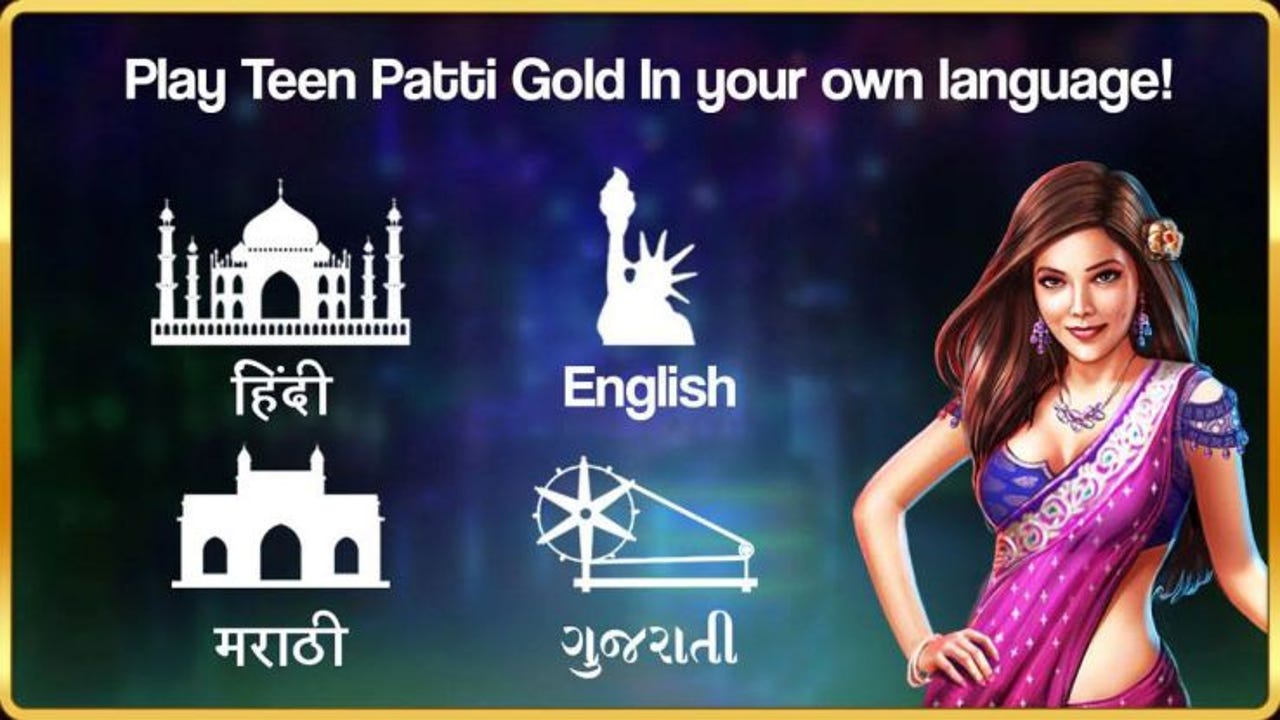The promise and pain of gaming in India


This year, the action in gaming heated up when Bangalore-based Moonfrog Labs recently raised $15 million from Tiger Global and Sequoia Capital. Sequoia has also invested in Delhi-based Octro. Both companies are purveyors of the Indian version of poker; namely, Teen Patti. The first event that arguably sparked massive outside interest in the sector was US outfit GSN Games' purchase of Bangalore-based Bash Gaming, the maker of Bingo Bash, a leading social bingo game with 4.4 million monthly active users.
This kind of froth is only to be expected when you have 120 million smartphones kicking around, with this number expected to rise to 400 million to 500 million by 2019. India also has the third-fastest growing mobile app market in the world, behind the US and Europe, according to the Internet and Mobile Association of India, with around 9,000 app development companies established in the country.
The sizzle in smartphones and steady uptick in internet adoption has also given a big boost to mobile advertising, which at 260 percent has logged the fastest growth rate in the world. And in this universe, ads for games and mobile devices make up nearly half of all ads. Naturally, it was only a matter of time before gaming caught fire, and, anticipating the boom, almost every mobile gaming player worth its salt has voyaged here.
Disney has set up its game development studio (along with its film unit) in Mumbai. Ubisoft has ensconced itself in Pune since 2008, along with 300 employees. Zynga has set up shop in Bangalore, while Rovio has been in Delhi for a couple of years. Arguably, the whole lot of them, domestic and international, are chasing the kind of hits that churned out Flappy Bird, a graphically minimalistic but addictive game that makes an average of $50,000 per day, or Candy Crush, which rakes in a cool $3.5 million a day.
These kinds of wins are far from a given. To begin with, hits are unpredictable, and often take years to happen. But in India, there are other, more considerable, hurdles to negotiate. With credit card penetration at a paltry 8 percent, and over 90 percent of mobile contracts being prepaid, the ability for a game to milk in-app purchases in this environment is vastly blunted. Subsisting on just advertising revenue is a hard scrabble existence. The growth rates may look impressive, but they are coming off a low base. Then, there are the abysmally slow networks -- most of the population trundles along at 2G speeds, thwarting the prospects for a good gaming experience.
Traditionally, content that revolves around the "ABC of Indians" -- astrology, Bollywood, and cricket -- has met with the biggest success. Six of the top 10 videos on YouTube are rooted in local cinema, cricket, or Bollywood, so the pressure to fashion ideas around these motifs is huge.
Some, though, don't buy into this mindset. "Indian consumers don't care whether you're an Indianised game or not," Alok Kejriwal, Indian gaming pioneer and head of gaming outfit games2win, once told me. "You can't bank on India to be successful here."
He pointed to the top 10 games on the Android and iTunes platforms, noticeably bereft of Indianised games. Underscoring this philosophy, Kejriwal decided to move his games2win outfit from Mumbai to San Francisco a few years ago. Soon after, one of his games, Parking Frenzy, became hugely successful, securing 12 million downloads worldwide and the number one spot on the US iTunes App Store.
Regardless of where a gaming entrepreneur stands on this debate, the cold, hard fact is that the expected annual revenue from gaming in India, even as late as 2018, is so anemic (PDF) -- less than $1 billion, according to PWC -- that you may wonder what all the hype is about.
But a peek into what's going on in neighbouring China will give a sense of the immense possibilities. For instance, in Q1 2014 alone, mobile games tied to WeChat and QQ brought in RMB 1.8 billion ($289 million), a staggering three times the number in the previous quarter alone, and largely contributing to its parent company Tencent's bottom line and sky-rocketing stock price.
But India is no China, despite matching it in bodies. If companies want to mirror the growing wealth accruing from gaming in China, they will be desperately hoping for improvements in infrastructure, bandwidth, and payment options, while praying for a large-scale increase in per capita income, which has yet to take place in any meaningful way in the country.